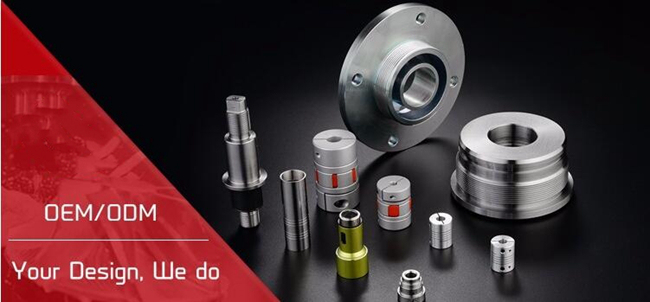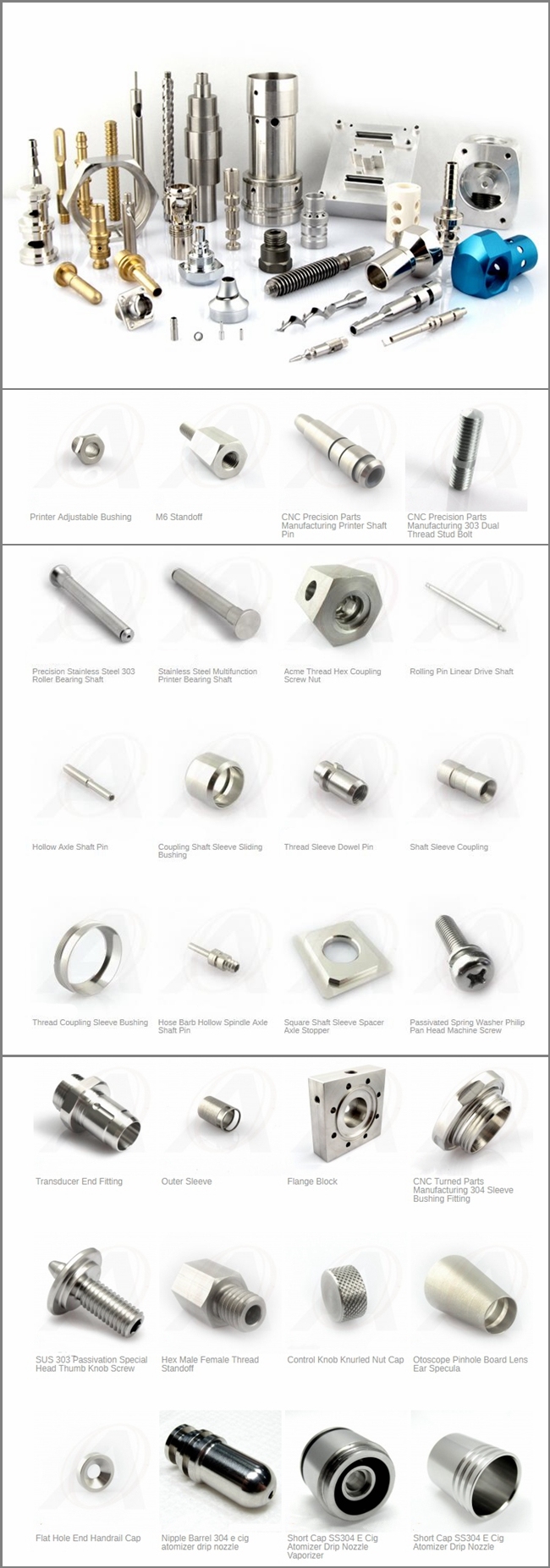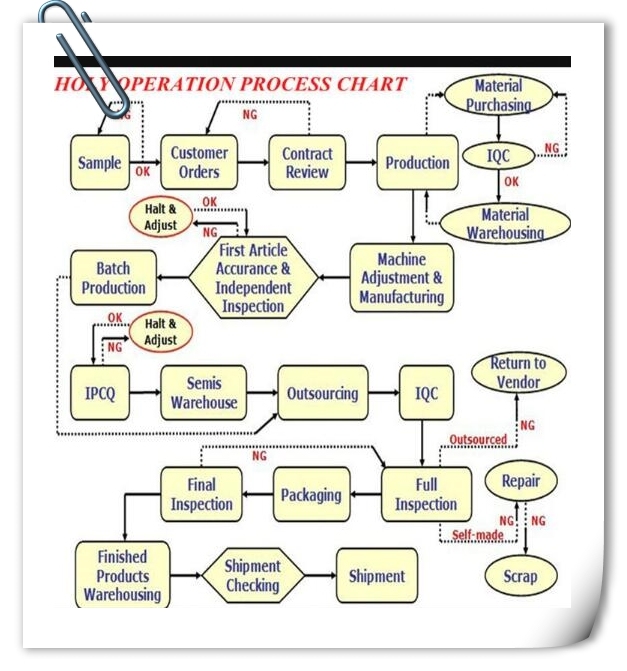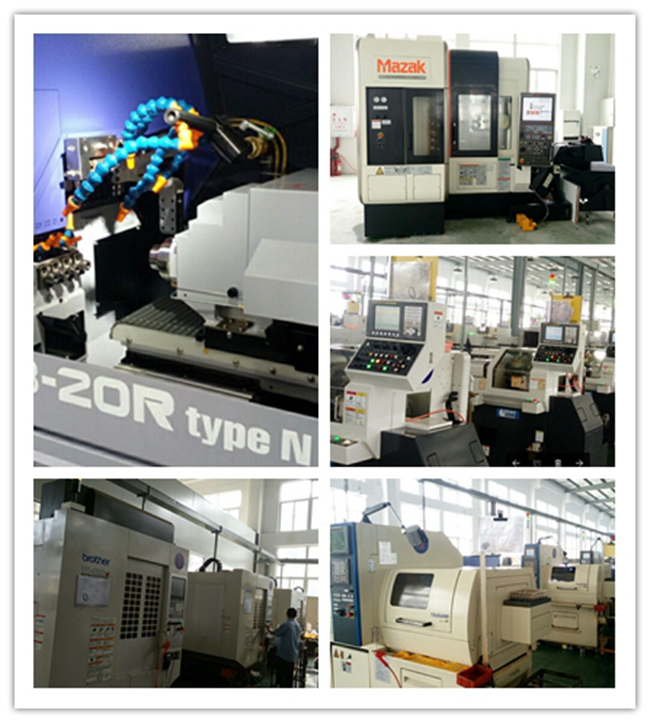
CNC Center Milling Service
CNC Machining / Turning / GrindingService  Â
Automatic Lathe Service
Our Xiamen Zhong Li Da Machinery Co., Ltd has been specializing in precision machining parts, CNC machining parts, custom CNC machining, and production of CNC machined components since 1995. We work closely with our clients to ensure the highest quality and accuracy in every product we deliver.
Product Details
We have extensive experience in manufacturing micro parts for a wide range of industries, including but not limited to: Turning Parts, Shafts, Machining Parts, CNC Machining Parts, Milling Parts, Hardware Accessories, Arrow Metal Parts, Special Fasteners, and Industrial Control Switch Metal Parts used in medical, electronic, fiber optic, and microwave sectors, among others.
| Quality Assurance | ISO9001:2008 Certified etc. | ||||||||
| Materials | Aluminum Alloy: 5052 / 6061 / 6063 / 2017 / 7075 / ADC12 / 518 etc. | ||||||||
| Brass Alloy: 3600 / 3602 / 2604 / H59 / H62 / etc. | |||||||||
| Stainless Steel Alloy: 303 / 304 / 316 / 412 / etc. | |||||||||
| Steel Alloy: C45 | |||||||||
| Carbon Steel: 12L14 / 12L15 / Die Steel / Spring Steel etc. | |||||||||
| Special Material: Lucite / Nylon / Bakelite / POM / ABS / PP / PC / PE / PEEK / Titanium etc. | |||||||||
| We handle many other types of materials. Please contact us if your required material is not listed above. | |||||||||
| Surface Treatment | Blacking, polishing, sandblasting, anodizing, chrome plating, zinc plating, pickling & passivation, vibration, nickel plating, tinting | ||||||||
| Inspection | Mitutoyo three-coordinate measuring machine / Mitutoyo Tool Microscope can measure up to 300mmX x 175mmY x 220mmZ |
||||||||
| File Formats | Solid Works, Pro/Engineer, AutoCAD (DXF, DWG), PDF, TIF, IGS, STP etc. | ||||||||

Production Flow Chart

Factory Show

Shipping & Payment

FAQ
Q: How soon can I get a reply after sending an inquiry?
A: All inquiries will be replied within two hours, except during sleeping hours in China. Our customer service team is available at any time to answer calls.
Q: How soon can I get samples?
A: Samples are typically shipped within 7 working days after both parties confirm the product drawing.
Q: What file formats do you accept for my products?
A: We accept various formats such as IGS, STEP, STP, JPG, PDF, DWG, DXF, and more. If you don't have a CAD file, we can also accept a scan of a hand-drawn design.
Q: What if I don’t have a drawing? How can I get a sample?
A: If you don’t have a drawing, you can send us a physical sample, and we will scan it to create 2D and 3D drawings first, then produce the sample for you.
Q: What are the common materials you use in projects?
A: Common materials include Aluminum, Stainless Steel, Carbon Steel, Copper, Plastics, Titanium, and PEEK.
Q: What is your MOQ (Minimum Order Quantity)?
A: We don’t have a minimum order quantity. You are welcome to place a trial order to test our quality and service.
Q: What payment terms do you accept?
A: EXW/FOB Xiamen, paid via T/T, PayPal, or Western Union.
Q: What kind of machining do you excel in?
A: We specialize in all kinds of machining parts, from simple to complex. Our capabilities include turning, milling, drilling, broaching, and more.

Reading Braille:
1. Familiarize yourself with the Braille alphabet, which consists of six dots arranged in two columns of three dots each. Each dot or combination of dots represents a different letter, number, punctuation mark, or special symbol.
2. Place your fingertips lightly on the Braille text, typically on a page or surface made specifically for Braille.
3. Feel the dots with your fingertips and identify the patterns to determine the corresponding letters, numbers, or symbols.
4. Move your fingertips systematically across the Braille text, reading from left to right and top to bottom, just like reading regular text.
Writing Braille:
1. Learn the Braille alphabet and practice writing each letter, number, punctuation mark, and special symbol.
2. Use a Braille slate and stylus, which is a tool specifically designed for writing Braille. The slate has rectangular openings to hold the paper, and the stylus is used to press the dots onto the paper through the openings.
3. Place a piece of Braille paper or cardstock into the slate, ensuring it is aligned properly.
4. Hold the stylus like a pen or pencil and press the appropriate dots onto the paper, one at a time, following the Braille alphabet.
5. Lift the stylus after each dot is pressed to avoid smudging or blending the dots together.
6. Continue writing the desired text, moving from left to right and top to bottom on the paper.
7. Review your writing by feeling the dots with your fingertips to ensure accuracy.
It is important to note that learning Braille may require time and practice, as it is a tactile skill that requires the ability to distinguish between the different dot patterns. However, with dedication and persistence, individuals can become proficient in reading and writing Braille.
Braille Instructions,Braille Alphabet,Braille Printing,Braille Packaging Box
Shanghai Caide Printing Co.,Ltd. , https://www.caideprinting.com